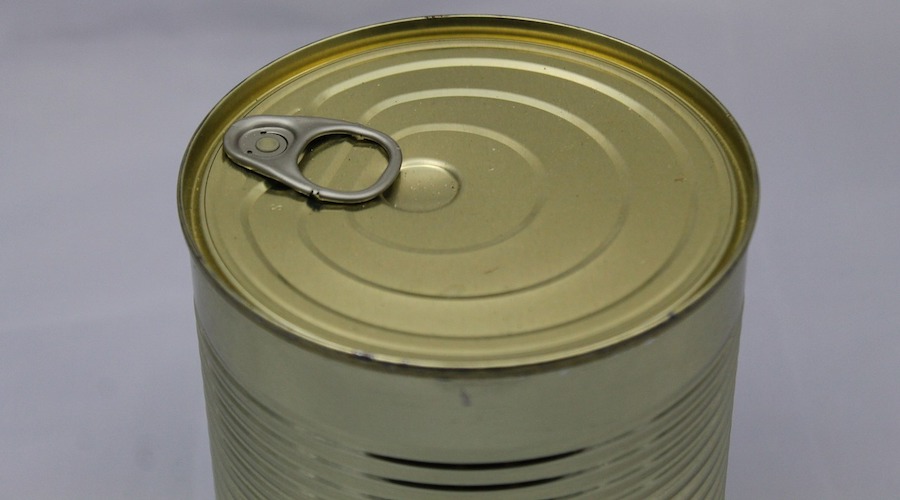Tin use sees mixed results amidst covid-19 pandemic

Based on their responses, the ITA estimated that refined tin use in 2019 decreased -5.4% to 359,200 tonnes while 2020 should see a further contraction in tin demand of -5.9%, which is primarily attributed to the covid-19 pandemic.
“Provisional estimates of total global tin use, including refined and unrefined forms, totalled 427,400 tonnes in 2019, down -5.8% from 2018. The Recycling Input Rate (RIR) was calculated to be 30% in 2019 and is forecast to fall slightly to 29.2% in 2020,” the group’s report on the survey reads. “Solder still accounts for the largest global share of tin use, increasing slightly to 49% in 2020. Forecasts for 2020 indicate a global average decline of -8.1% related to the covid-19 pandemic, with China being much more positive.”
The ITA estimated that refined tin use in 2019 decreased -5.4% while 2020 should see a further contraction in tin demand of -5.9%
China’s recovery is attributed to the boost experienced by some electronics use sectors as a consequence of the growing trend of working and learning from home.
“Electronics supply chain restructuring accelerated by the pandemic as well as rising geopolitical tensions were a major focus for respondents. Most saw major opportunities for solder growth in future 5G related markets,” the study states.
The survey also showed that the average proportion of lead-free solders in electronics grew to 77% globally in 2020, up from last year. This meant that 72% of specified tin use globally in lead-free solders was <100ppm Pb. The trend toward higher-purity, lower-lead specifications in tinplate also continued in 2019, as 45% of refined tin used was <50ppm Pb, up from 35% in 2018.
Tinplate use, on the other hand, continued a long-term trend of being static or in decline, falling in the survey sample by -6.7% in 2019. However, 2020 use was forecast by participants to increase by 7% due to growing consumer canned food purchasing during the coronavirus pandemic, especially outside China. Price still pressures tin use in this otherwise static market with some competition from alternative packaging challenging growth.
Finally, lead-acid battery tin use survey data saw little effect of the pandemic, growing by 2% in 2019 and 3% in 2020.
“Battery use was boosted for several reasons during the pandemic,” the report reads. “Use in e-bikes in China is a significant proportion of tin use where competition from lithium-ion has not yet had a significant effect and could be reversed by the public choosing not to use public transport. Further tin use growth is expected as conversion to start-stop cars and trucks requires high performance.”




